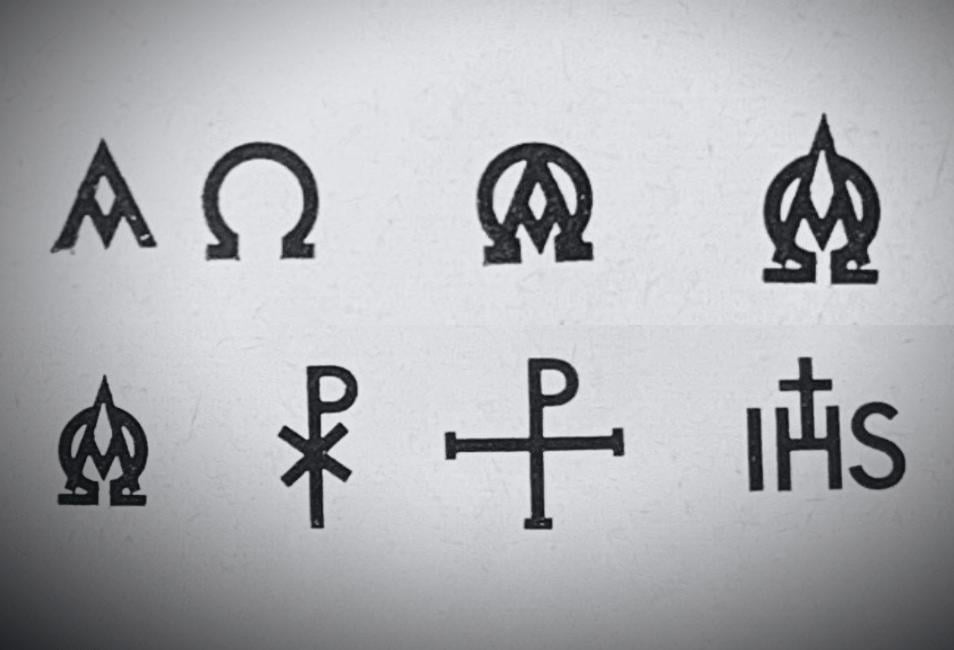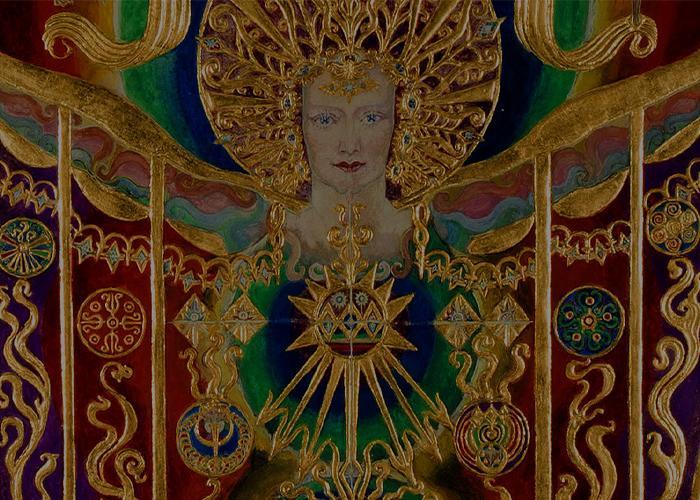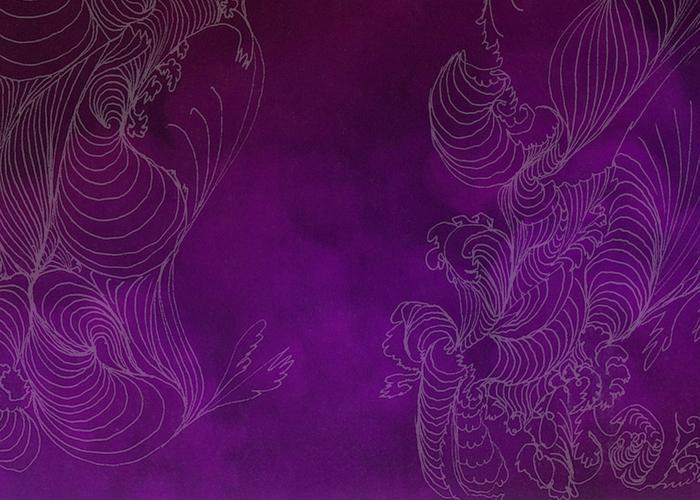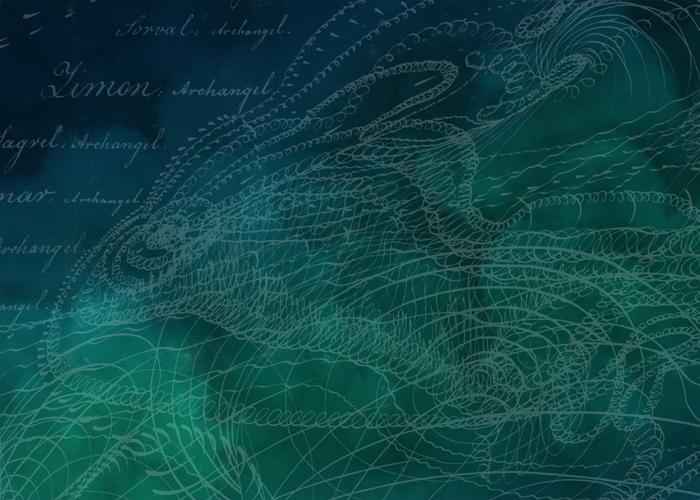Within The College of Psychic Studies is an extensive library archive of historical esoteric magazines. This collection includes a catalogue of Prediction. Established in 1936, Prediction was the UK's longest-running spiritual spiritual publication. Here is an article written by artist Ithell Colquhoun (1906-1988) and published in the January 1971 issue of Prediction.
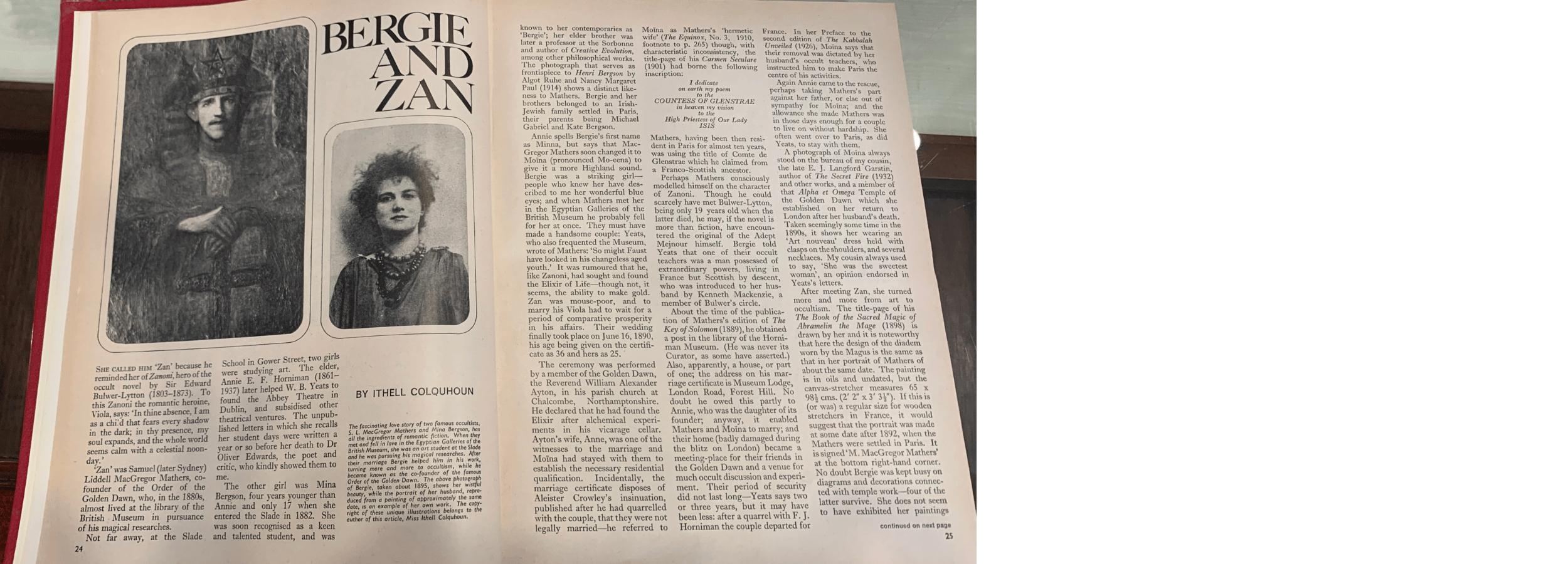
Bergie and Zan, by Ithell Colquhoun
The fascinating love story of two famous occultists, S.L. MacGregor Mathers and Mina Bergson, has all the ingredients of romantic fiction. When they met and fell in love in the Egyptian Galleries of the British Museum, she was an art student at the Slade and he was pursuing his magical researches. After their marriage, Bergie helped him in his work, turning more and more to occultism, while he became known as the co-founder of the famous Order of the Golden Dawn. The above photograph of Bergie, taken about 1895, shows her wistful beauty, while the portrait of her husband, reproduced from a painting of approximately the same date, is an example of her own work. The copyright of these unique illustrations belongs to the author of this article, Miss Ithell Colquhoun.
She called him 'Zan' because he reminded her of Zanoni, hero of the occult novel by Sir Edward Bulwer-Lytton (1803-1873). To this Zanoni, the romantic heroine, Viola, says: 'In thine absence, I am as a child that fears every shadow in the dark; in thy presence, my soul expands, and the whole world seems calm with a celestial noonday.' 'Zan' was Samuel (later Sydney) Liddell MacGregor Mathers, co-founder of the Order of the Golden Dawn, who, in the 1880s, almost lived at the library of the British Museum in pursuance of his magical researches.
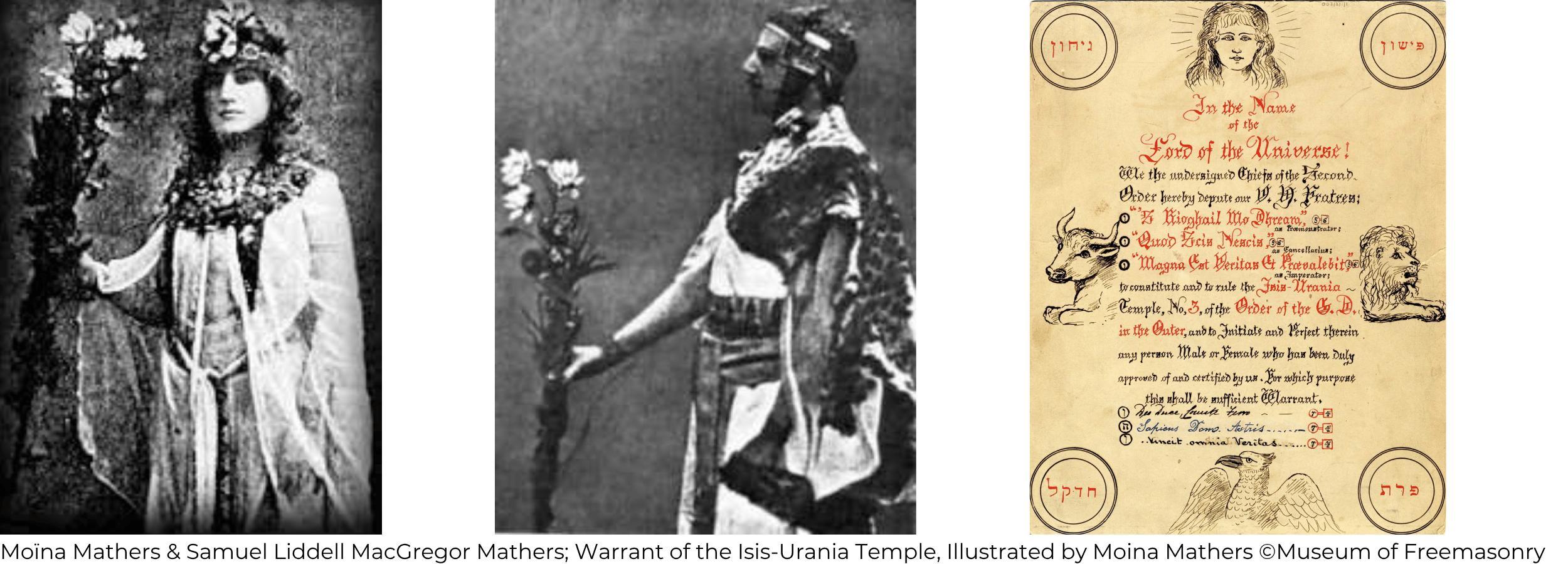
Mina Bergson, art student at the Slade
Not far away, at the Slade School in Gower Street, two girls were studying art. The elder, Annie E. F. Horniman (1861-1937) later helped W. B. Yeats to found the Abbey Theatre in Dublin, and subsidised other theatrical ventures. The unpublished letters in which she recalls her student days were written a year or so before her death to Dr Oliver Edwards, the poet and critic, who kindly showed them to me.
The other girl was Mina Bergson, four years younger than Annie and only 17 when she entered the Slade in 1882. She was soon recognised as a keen and talented student, and was known to her contemporaries as 'Bergie'; her elder brother was later a professor at the Sorbonne and author of Creative Evolution, among other philosophical works. The photograph that serves as frontispiece to Henri Bergson by Algot Ruhe and Nancy Margaret Paul (1914) shows a distinct likeness to Mathers. Bergie and her brothers belonged to an Irish-Jewish family settled in Paris, their parents being Michael Gabriel and Kate Bergson.
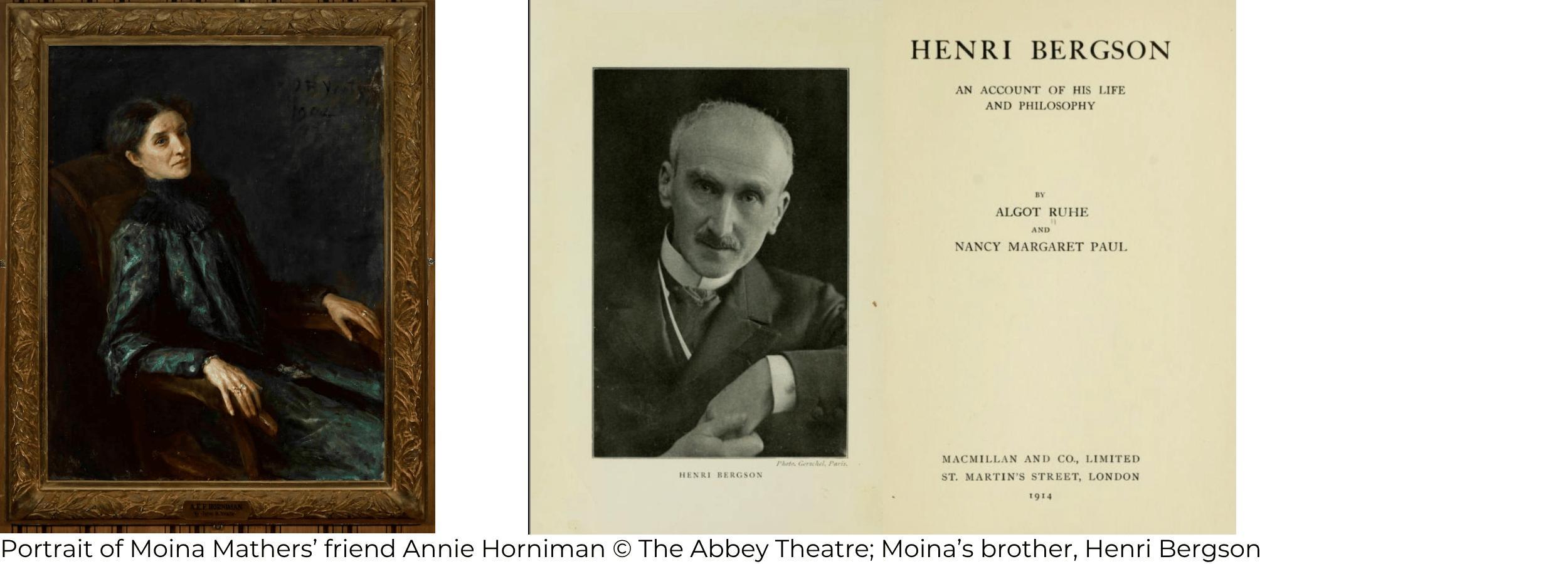
Mina to Minna to Moïna Mathers
Annie spells Bergie's first name as Minna, but says that MacGregor Mathers soon changed it to Moïna (pronounced Mo-eena) to give it a more Highland sound. Bergie was a striking girl – people who knew her have described to me her wonderful blue eyes; and when Mathers met her in the Egyptian Galleries of the British Museum he probably fell for her at once. They must have made a handsome couple: Yeats, who also frequented the Museum, wrote of Mathers: "So might Faust have looked in his changeless aged youth." It was rumoured that he, like Zanoni, had sought and found the Elixir of Life – though not, it seems, the ability to make gold. Zan was mouse-poor, and to marry his Viola had to wait for a period of comparative prosperity in his affairs. Their wedding finally took place on June 16, 1890, his age being given on the certificate as 36 and hers as 25.
The ceremony was performed by a member of the Golden Dawn, the Reverend William Alexander Ayton, in his parish church at Chalcombe, Northamptonshire. He declared that he had found the Elixir after alchemical experiments in his vicarage cellar. Ayton's wife, Anne, was one of the witnesses to the marriage and Moïna had stayed with them to establish the necessary residential qualification. Incidentally, the marriage certificate disposes of Aleister Crowley's insinuation, published after he had quarrelled with the couple, that they were not legally married – he referred to Moïna as Mathers's 'hermetic wife' (The Equinox, No. 3, 1910, footnote to p. 265) though, with characteristic inconsistency, the title-page of his Carmen Seculare (1901) had borne the following inscription:
I dedicate
on earth my poem
to the
COUNTESS OF GLENSTRAE
in heaven my vision
to the
High Priestess of Our Lady
ISIS
Mathers, having been then resident in Paris for almost ten years, was using the title of Comte de Glenstrae which he claimed from a Franco-Scottish ancestor.
Perhaps Mathers consciously modelled himself on the character of Zanoni. Though he could scarcely have met Bulwer-Lytton, being only 19 years old when the latter died, he may, if the novel is more than fiction, have encountered the original of the Adept Mejnour himself. Bergie told Yeats that one of their occult teachers was a man possessed of extraordinary powers, living in France but Scottish by descent, who was introduced to her husband by Kenneth Mackenzie, a member of Bulwer's circle.
About the time of the publication of Mathers's edition of The Key of Solomon (1889), he obtained a post in the library of the Horniman Museum. (He was never its Curator, as some have asserted.) Also, apparently, a house, or part of one; the address on his marriage certificate is Museum Lodge, London Road, Forest Hill. No doubt he owed this partly to Annie, who was the daughter of its founder; anyway, it enabled Mathers and Moïna to marry; and their home (badly damaged during the blitz on London) became a meeting-place for their friends in the Golden Dawn and a venue for much occult discussion and experiment. Their period of security did not last long – Yeats says two or three years, but it may have been less: after a quarrel with F. J. Horniman the couple departed for France. In her Preface to the second edition of The Kabbalah Unveiled (1926), Moïna says that their removal was dictated by her husband's occult teachers, who instructed him to make Paris the centre of his activities.
'She was the sweetest woman'
Again Annie came to the rescue, perhaps taking Mathers's part against her father, or else out of sympathy for Moïna; and the allowance she made Mathers was in those days enough for a couple to live on without hardship. She often went over to Paris, as did Yeats, to stay with them.
A photograph of Moïna always stood on the bureau of my cousin, the late E. J. Langford Garstin, author of The Secret Fire (1932) and other works, and a member of that Alpha et Omega Temple of the Golden Dawn which she established on her return to London after her husband's death. Taken seemingly sometime in the 1890s, it shows her wearing an 'Art nouveau' dress held with clasps on the shoulders, and several necklaces. My cousin always used to say, 'She was the sweetest woman', an opinion endorsed in Yeats's letters.
Moina MacGregor Mathers, the artist
After meeting Zan, she turned more and more from art to occultism. The title-page of his The Book of the Sacred Magic of Abramelin the Mage (1898) is drawn by her and it is noteworthy that here the design of the diadem worn by the Magus is the same as that in her portrait of Mathers of about the same date. The painting is in oils and undated, but the canvas-stretcher measures 65 × 98½ cms (2' 2" × 3' 3½"). If this is (or was) a regular size for wooden stretchers in France, it would suggest that the portrait was made at some date after 1892, when the Mathers were settled in Paris. It is signed 'M. MacGregor Mathers' at the bottom right-hand corner. No doubt Bergie was kept busy on diagrams and decorations connected with temple work – four of the latter survive. She does not seem to have exhibited her paintings since her name does not appear in the Dictionnaire of Bénézit.
Bergie's relations disapproved of her marriage and for the rest of her life she remained 'en froid avec sa famille', in the words of 'Pierre Victor' (Victor Barrucand: L'Or-dre Hermétique de la Golden Dawn, Nos. 2 and 3, La Tour St Jaques,1956). An enquiry regarding her addressed in the 1930s to Professor Bergson by Dr Edwards remained unanswered. To almost any girl's family, Zan would appear an unacceptable bridegroom: it was doubtful whether he could support a wife, being without a regular profession. His in-laws probably '...thought him half a lunatic', half knave' as Yeats in All Souls' Night says that he did, and may even have 'told him so'. (Yeats even had the grace to add 'but friendship never ends.
Talented and attractive, Bergie must have given up a good deal of what most women value in order to marry her Zan - social and financial security, the chance of an independent career, the goodwill of her relations and the affection of at least some of her friends. Probably also the hope of a family of her own, if such she ever cherished: progeny formed no part of Mathers's life-work, though the libels in Crowley's roman-à-clef Moonchild (1929), about his forcing her to have an abortion every time she became pregnant are certainly untrue. Contraceptive knowledge may have been generally limited at that epoch, but a few occultists have always been aware of techniques whereby pregnancy is avoided and sexual force applied to esoteric development. If I am right, Mathers was one of these few.
Vestigia Nulla Retrorsum
Yeats dedicated the first edition of A Vision (1926) 'To Vestigia' – Moïna's magical motto was Vestigia Nulla Retrorsum – which suggests that he retained or re-forged a link with her after his quarrel with her husband in 1900. Just as Yeats received the material for this book through his wife's mediumship, so Mathers before him obtained much of his occult knowledge through Moïna's, including rituals for his inner Order – the R.R. et A.C. – and his astral contacts with his mysterious instructors, the Secret Chiefs. Some of the magical sessions together were taxing in the extreme: '...The nervous prostration I spoke of was accompanied by cold sweats and bleeding from the nose', as he testifies. Other operations were less rigorous, as when Moïna investigated clairvoyantly the Celtic pantheons in order to help Yeats with his projected Castle of Heroes in Ireland. And as Yeats was plagued by entities he calls 'the Frustrators', so Bergie and Zan felt themselves to be constantly under occult attack, apart from the intrinsic difficulty of their enterprises.
When Moïna returned to London after her husband's death in 1918 she lived first in Scarsdale Villas, W.8, then later at 266 King's Road, Chelsea. Her attempts to earn a living as a portrait-painter were not successful and she was very poor. Towards the end of her life she would not eat, though her friends, notably the woman who succeeded her as head of the Temple, tried to persuade her to do so.
She died on July 25, 1928; on the death certificate her age is given as 60, an under-estimate if, as Annie says, she was a Sun-Tauren: with birthdate falling between April 21 and May 22, she must have passed her 63rd birthday.
Zan was a Sun-Capricorn (Jan. 8) so he and Bergie both belonged to Earth-signs of the Zodiac, traditionally harmonious. There is no doubt that they were devoted couple, and no reason for thinking that Bergie regretted her choice (or her fate) in spite of the insecurities and occult hazards of her life with him. Her Preface already mentioned ends with a touching tribute to 'my husband, comrade and teacher'.
With gratitude to the artist Ithell Colquhoun and Prediction magazine for this article. Ithell Colquhoun wrote quite a few features for Prediction. To find out more, please contact The College of Psychic Studies' archivist & curator, Jacqui McIntosh at jacqui@collegeofpsychicstudies.co.uk.
Join us for a magical day:
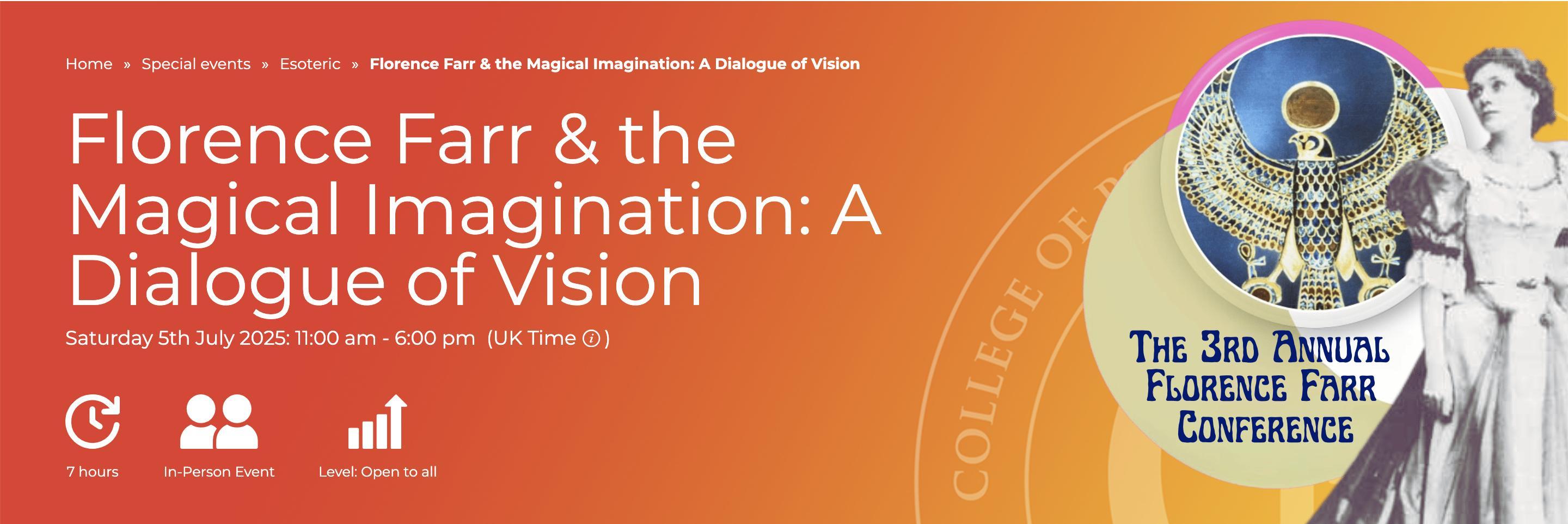
Become a member to support the care of our library & archive:

Join our newsletter to keep in touch with The College of Psychic Studies.

